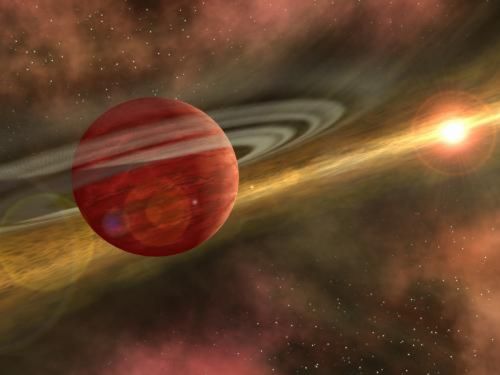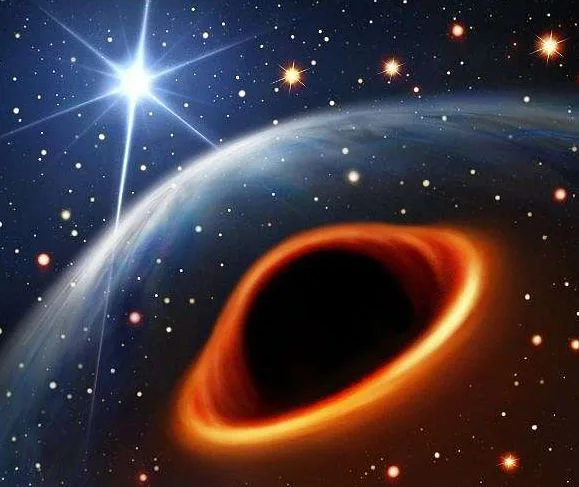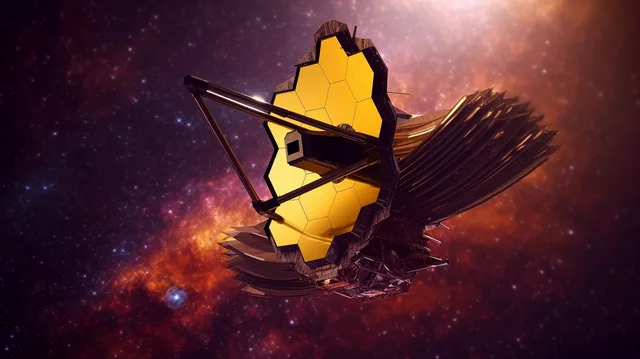Recent discovery of planet HD 106906 b has exploded the underlying hypotheses of planet formation so far. A team of space scientists led by a University of Arizona graduate student has pioneered the discovery.
The exoplanet weighs around 20.9x 1027 kg, which is eleven times more than that of Jupiter. It’s also found revolving around its star at 650 times the average distance between the Earth and the Sun.
As per one theory of planet formation, planets that are in proximity with their stars band together with the help of small asteroid-like bodies, that happens to produce in primordial disk of dust and gas, enveloping a forming star. This mechanism occurs at a slow rate giving space and time to bigger planets that are forming at a farther end of the star.
Another theory postulates that planets are an offshoot of primordial disk collapsing, which is the result of ‘speed’ of the disk.
Both these theories do not support the formation of the new planet HD 106906 b because it is believed that primordial disk is too weak to hold a giant planet like the one in question.
According to a third theory, also called as binary star formation, when two neighboring clusters of gas collapse to form an independent star, they tend to hold each other through their respective gravitational pull thus, forming an orbit. Bailey, the lead researcher said that this might have happened with planet HD 106906 b.
It is possible that in the case of the HD 106906 system the star and planet collapsed independently from clumps of gas, but for some reason the planet’s progenitor clump was starved for material and never grew large enough to ignite and become a star.
However, when the ratio was taken into consideration, the third theory too failed to provide enough support.
According to binary system, the mass ratio of the stars must fall around 10-to-1 but the exoplanet’s ratio exceeded 100-to-1. The researchers have not yet concluded their survey, once they’d be able to study the residue “debris disk” of matter remaining from planet and star formation, they would be in a better position to comment on the estranged planet.
This newly discovered planet would push our imagination of planet formation still further. And once its formation is known, studies related to structure & diversity of other planetary systems won’t be a far-fetched dream then.




